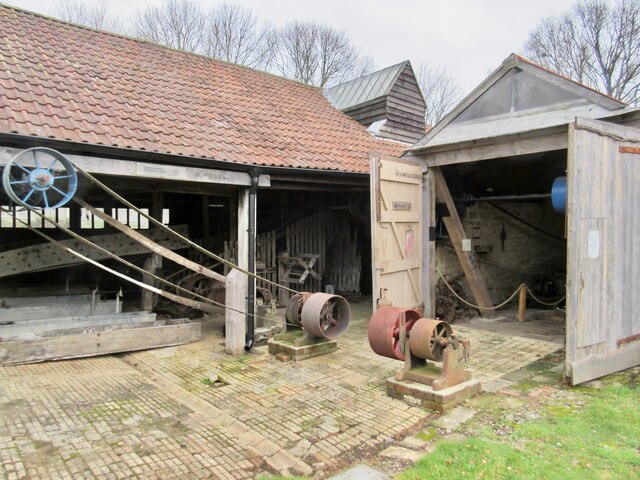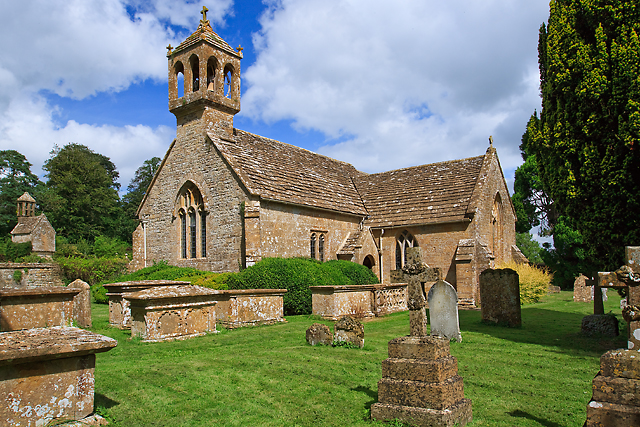Dry Copse
Wood, Forest in Somerset South Somerset
England
Dry Copse
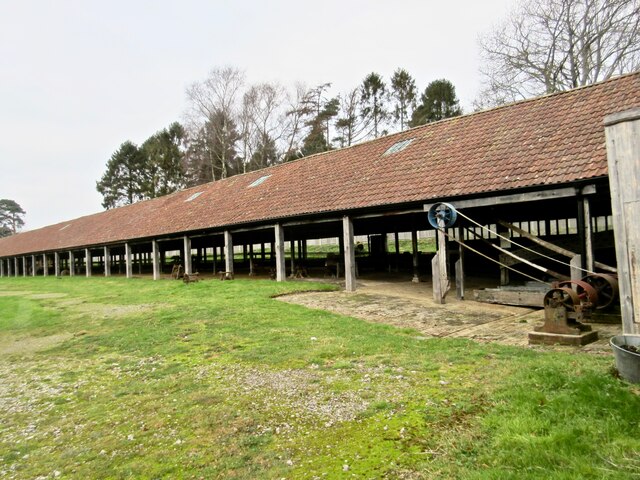
Dry Copse is a small woodland located in the county of Somerset, England. Situated in the picturesque countryside, it covers an area of approximately 20 acres. The copse is primarily made up of deciduous trees, with a variety of species including oak, beech, and ash. These tall and majestic trees provide a dense canopy, creating a sheltered and peaceful environment within the woodland.
The forest floor of Dry Copse is covered in a thick layer of leaf litter, creating a natural carpet of decomposing foliage. This provides a rich habitat for a diverse range of flora and fauna. Bluebells, wood anemones, and wild garlic can be found carpeting the forest floor during the spring months, adding a splash of color to the landscape. Additionally, the copse is home to a variety of woodland creatures such as deer, foxes, and various bird species, including woodpeckers and owls.
Access to Dry Copse is available through well-maintained footpaths that wind their way through the trees. These paths provide visitors with the opportunity to explore the woodland and enjoy its natural beauty. The copse also features a small clearing where visitors can relax and have a picnic surrounded by the tranquil atmosphere of the forest.
Overall, Dry Copse offers a serene and enchanting experience for nature lovers and those seeking a peaceful retreat. Its diverse ecosystem and natural beauty make it a haven for wildlife and a delightful destination for visitors to Somerset.
If you have any feedback on the listing, please let us know in the comments section below.
Dry Copse Images
Images are sourced within 2km of 50.928632/-2.6727395 or Grid Reference ST5214. Thanks to Geograph Open Source API. All images are credited.

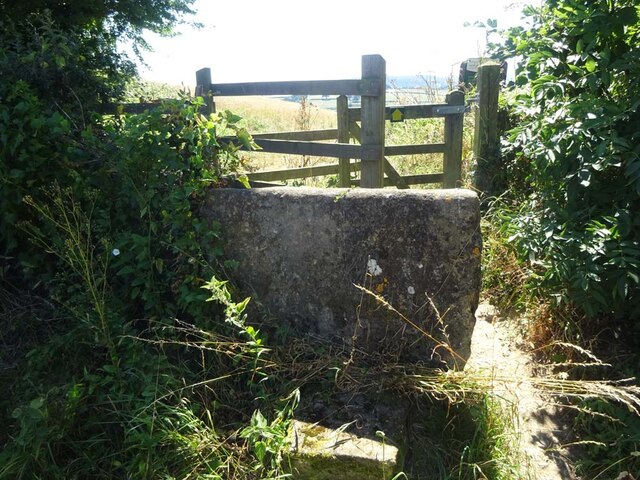
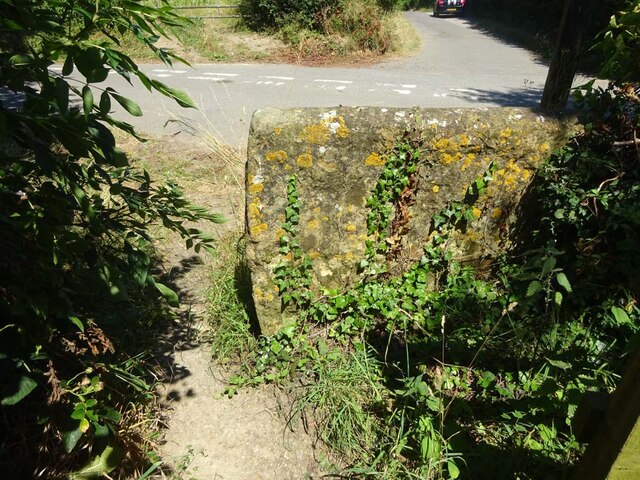
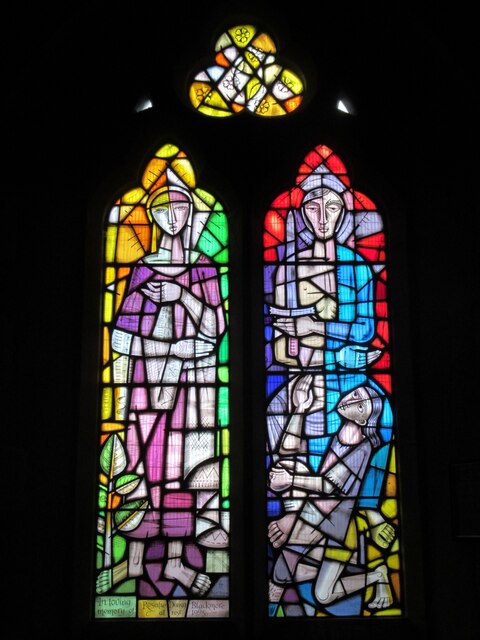
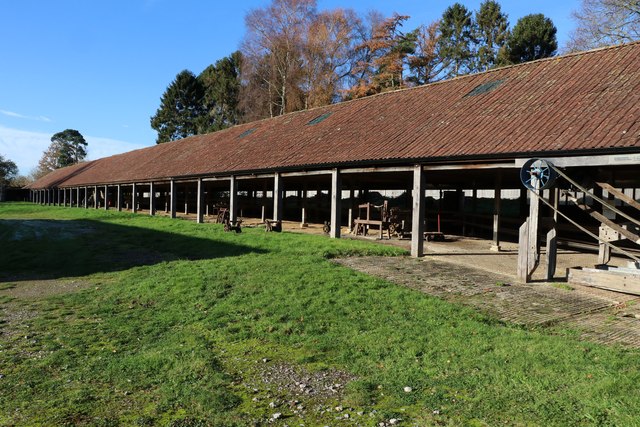
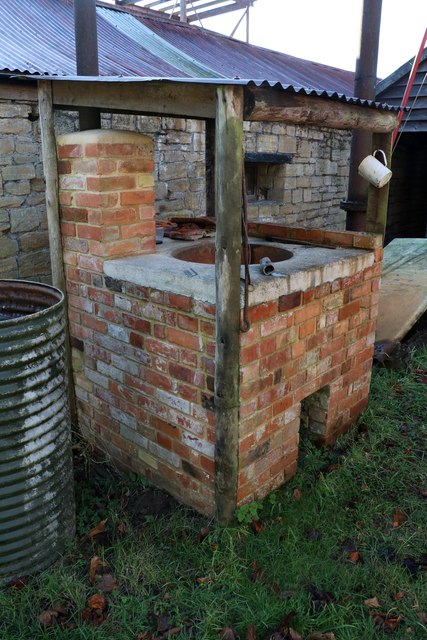
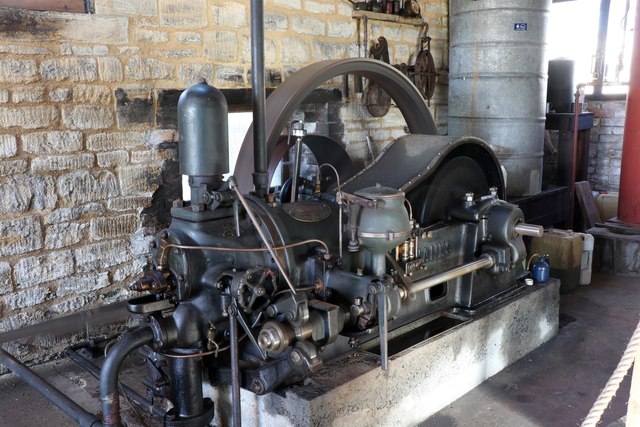
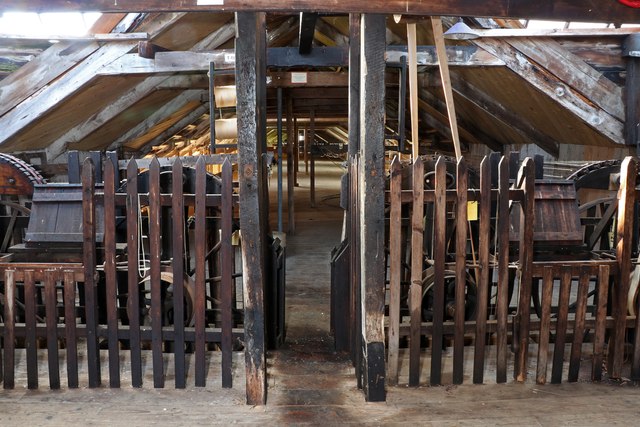
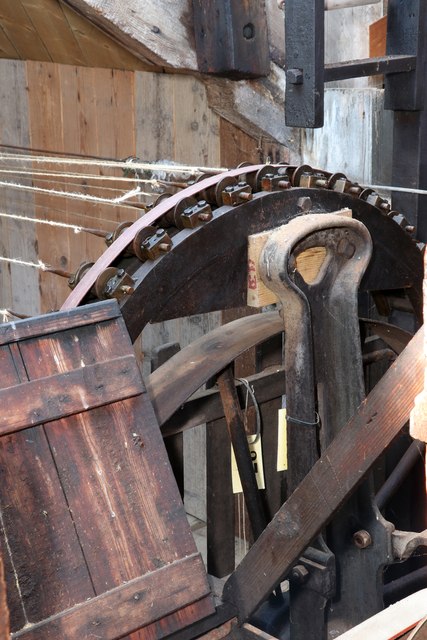
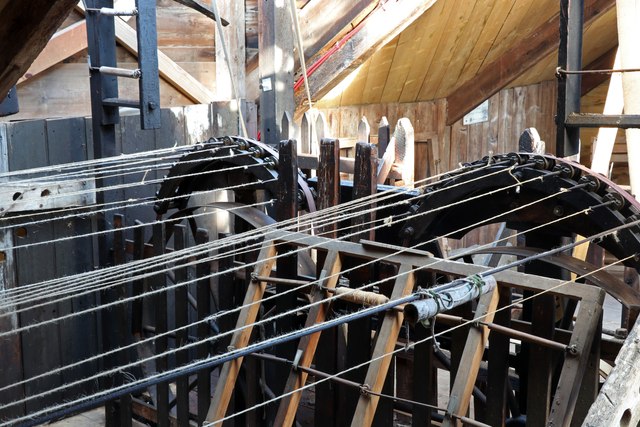
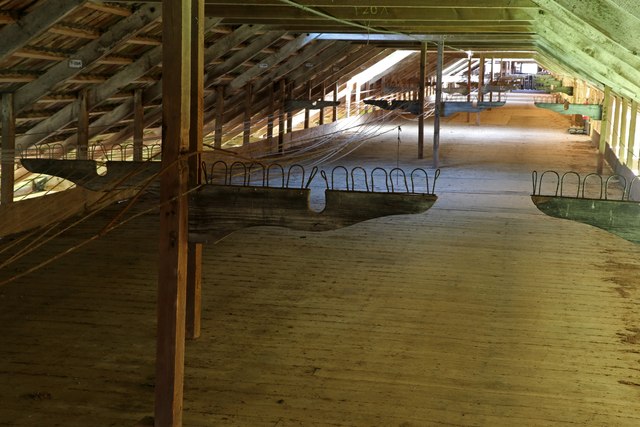
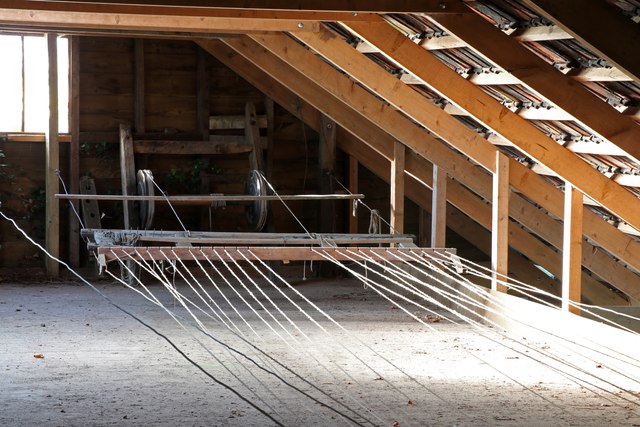
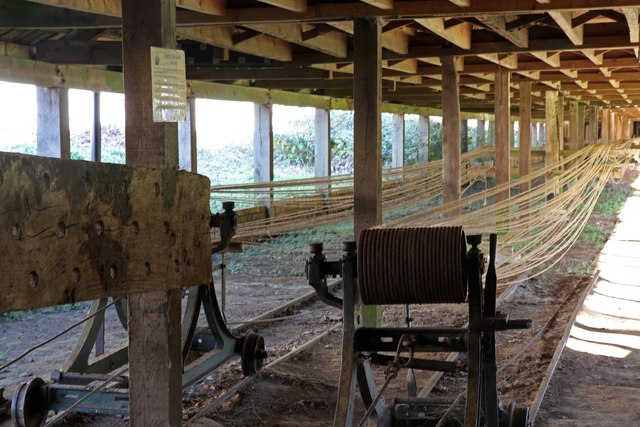


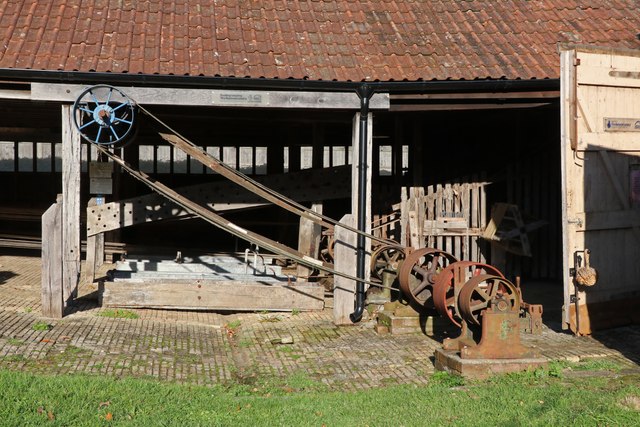
Dry Copse is located at Grid Ref: ST5214 (Lat: 50.928632, Lng: -2.6727395)
Administrative County: Somerset
District: South Somerset
Police Authority: Avon and Somerset
What 3 Words
///fevered.wimp.windy. Near West Coker, Somerset
Nearby Locations
Related Wikis
St Andrew's Church, Brympton
The Church of St Andrew in Brympton, Somerset, England, dates from the 13th century and has been designated as a Grade I listed building. It is closely...
Naish Priory
Naish Priory in East Coker, Somerset, England, contains portions of a substantial house dating from the mid 14th century to around 1400. Emery says the...
Brympton
Brympton is a civil parish and electoral ward in Somerset, England. The parish is situated on the north-west edge of Yeovil in the South Somerset district...
Brympton d'Evercy
Brympton d'Evercy (alternatively Brympton House), a grade I listed manor house near Yeovil in the county of Somerset, England, has been called the most...
Nearby Amenities
Located within 500m of 50.928632,-2.6727395Have you been to Dry Copse?
Leave your review of Dry Copse below (or comments, questions and feedback).
